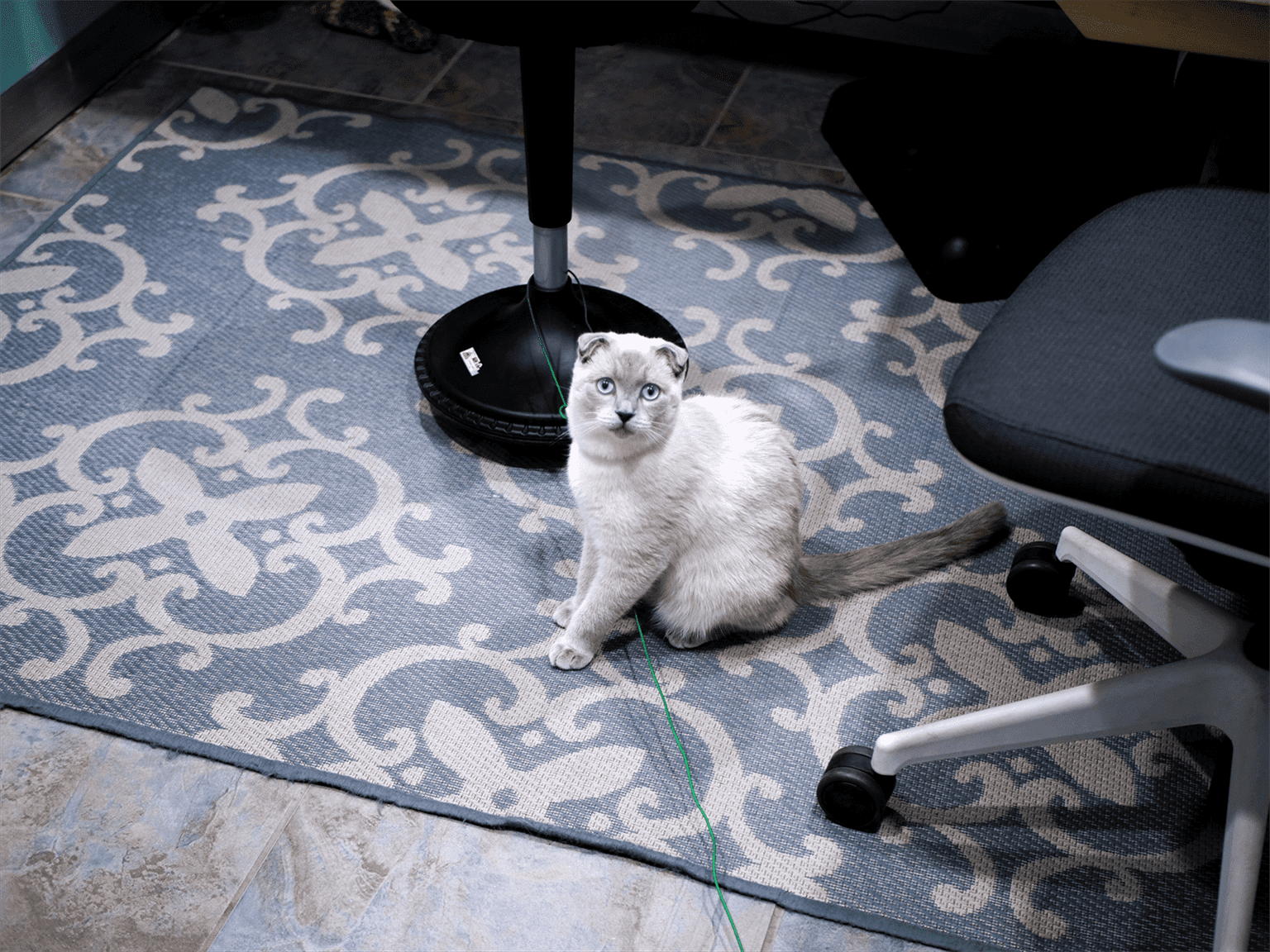Protecting Yourself from Pet Damage at Your Investment Property in 2023

If you own investment properties, one of the most pressing questions you’ll have to decide before renting to tenants is whether to allow pets at your property. A growing number of residents are bringing pets into their rental homes. This means allowing pets may help you to capture a growing segment of the rental market. Conversely, allowing pets at your property opens you up to liability and the potential for serious pet damage.
But first, if you would like to learn more about damages such as pet damage can play a role in how your property appreciates and depreciates and the impacts that will have on your mortgage, click the link below for a free strategy call today.
Should you let pets in your rental property?
Savvy landlords use tactics and tools to reduce the amount of liability they open themselves up to when they decide to allow pets at their investment properties. Opening up your property to pet owners can be a wise move, so long as you prepare yourself and your property adequately.
Choosing to keep your property pet-free carries the lowest risk of pet damage and liability. However, it can substantially lower the number of prospective renters interested in taking up residency at your property.
Additionally, some renters choose to have pets, regardless of the rules. This means that by banning pets outright, you may experience the negative effects of pets at your property with none of the potential boons!
While pet damage may be a major concern of yours, you may also wish to confirm with your local bylaws whether you are allowed to have a no pet policy on your property because in many places it is not an enforceable lease term.
Reasons to allow pets at your rental property
Many investors shy away from allowing pets at their rental properties because of the perceived property damage and liability pets bring. Allowing pets at your investment property is usually a wise financial and business decision. Here are some of the reasons you should consider opening your rental building up to pets:
Larger tenant pool
Opening up your property to renters with pets allows you access to a much larger pool of prospective tenants. Additionally, you’re likely to maintain long-term relationships with these tenants, because it’s more difficult to find rental properties that allow pets.
More responsible tenants
It’s no secret pet ownership is demanding. By allowing pets to live at your investment property, there’s a high likelihood you’re signing a lease agreement with someone that isn’t afraid of responsibility and commitment. These are ideal traits in a prospective renter.
Increased rental income
Properties that allow pets demand higher rents. You can also generate additional income by charging pet rent and other fees. This will allow you to make the most of your decision to allow animals on your property by increasing overall profitability.
Discover Residential Property Management With This Step By Step Guide
Protecting against pet damage in a rental property
If you’ve decided you’re going to allow pets at your investment property, there are several tools and strategies that you can use to ensure that your decision is increasing your rental income, rather than eating into your profits.
While the vast majority of pet owners are responsible, it’s important to realize some animals may be aggressive or more likely to cause pet damage than others. Some landlords opt to only allow adult animals, while others impose weight restrictions. It’s also advisable to require proof of updated vaccinations against rabies and other communicable diseases upon signing.
Here are just a few more ways you can recover potential expenses incurred by allowing pets at your investment property:
Additional deposits
One surefire way to mitigate potential damage is to charge an additional security deposit for every pet. Consider areas that pets might damage, including floors, window screens and more. Calculate how much it will cost you to replace these items if pet damage is incurred.
Of course, before charging any sort of security or damage deposit, take the time to ensure that those types of fees and charges are legally allowed where your investment property is located to avoid and legal problems later.
Move-in fees
Unlike deposits, move-in fees are one-time charges you don’t refund upon move-out. Charging a move-in fee will help you ensure the pet owners at your property are paying upfront for pet damage that their pets may inevitably cause during the duration of their stay.
Monthly pet rent
You can leverage your decision to allow pets at your rental property as a means to generate additional passive income off of your investment. Charging monthly pet rent is a great way to increase your profits, and to mitigate any potential liability caused by the presence of the pet.
Lease agreements
Stipulate, as clearly as possible, the expectations you’re imposing on pet owners moving into your investment property. For instance, if you’re requiring all pets to be spayed/neutered, this should be laid out in your lease documentation.
Allowing pets at your investment property can be a great way to increase your passive income stream and ensure that you’re working with responsible, long-term tenants. Taking a few simple steps will help you ensure you’re not opening yourself up to unnecessary liability by allowing animals at your rental property.
Now, if you would like to learn more about damages such as pet damage can play a role in how your property appreciates and depreciates and the impacts that will have on your mortgage, click the link below for a free strategy call today.
